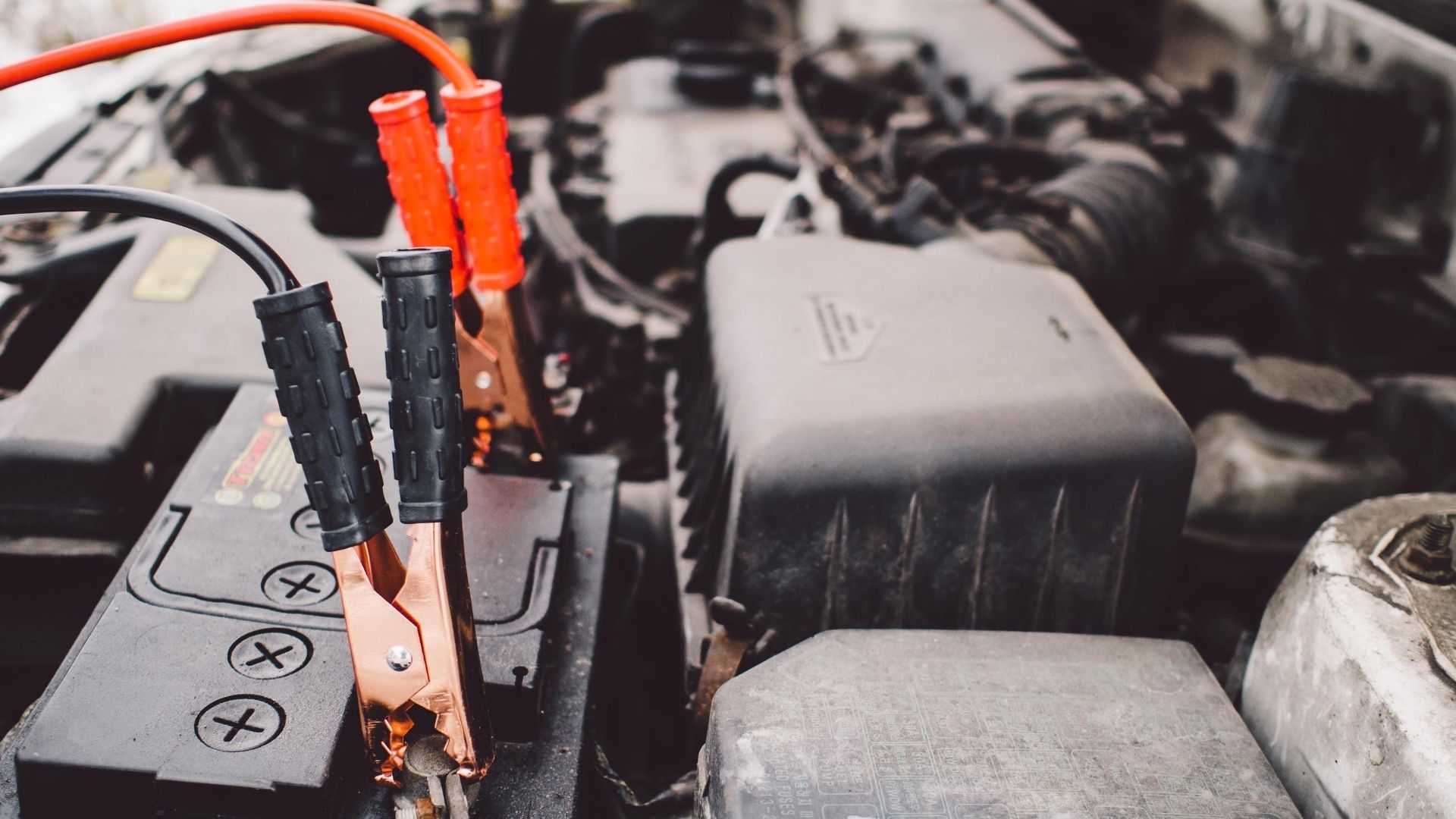Many factors must be added up for the correct answer to the question, ‘how long can a car battery power an inverter?’ One cannot say exactly how long that time duration will be. In this article, we will discuss some of those major contributors that affect the average time a car battery can power an inverter.
You should have some basic information before you can figure out the answer to your question. This information includes
- How many Amp-Hours is the battery?
- Is it actually designed for deep cycle use or,
- Is it just a starting battery?
If one does not know the battery capacity and type of battery they are using, it is impossible to find out the duration of the battery supporting an inverter.
Do not worry; we will help you answer these questions and many more.
An Introduction to Efficiency
The maximum load capacity of the inverter is not particularly relevant – the efficiency is.
If, for example, you assume 90% efficiency with a 75-watt load, then the inverter will draw about 83 watts. 83 watts / 12 volts = 7 amps.
If the battery is 40AH, a simple calculation will show that it will last for approximately 5 hours & 42 minutes.
If the battery is 100AH, a simple calculation will show that it will last for approximately 14 hours & 7 minutes.
If the battery is 250AH, a simple calculation will show that it will last for approximately 35 hours & 42 minutes.
However, some other factors also contribute to this.
- Firstly, the battery doesn’t stay at 12 volts as it discharges.
- Secondly, as the battery voltage drops, the inverter is going to try to keep the output voltage constant by drawing in more current.
Batteries Needed to Run an Inverter
To know the size of your battery bank, take the hours required to power an inverter and multiply by watts. The result is the total watts per DC volts equal amps needed.
Here is a simple calculation for you to understand this technique better.
Suppose you have a 3000W 12V inverter that you want to max out, then to pull 3000W per 12 volts = 250 DC amps/hour will be required.
If you’re going to use a 300AMP 12V battery, you will have to divide the 300A/250A, resulting to one and a half-hour of runtime.
The example stands if you want to deplete the battery fully. However, this shouldn’t be the case if you want to prevent shortening its life.
Doing these calculations will help you figure out your answer. You will not only develop a clear understanding of your required battery’s power, but you will be able to get your mind around the actual intricacies involved in the process.
How Long Can the Battery Last Before it Goes Bad/Dead?
The answer to this is query depends on certain things such as your battery’s power capacity status and your required consumption.
As such, it is easy to understand that the battery will drain faster with higher demand. For assistance, you can experiment with the type of setup you have to figure out what you have to do.
If your battery dies for your intended application, you can re-test it.
- Turn the engine on for a couple of minutes to recharge the battery or keep it on while you’re running the inverter.
- To check the battery status, use a Voltmeter at this point. You can also parallel attach some batteries with each other and connect a solar charger to the source.
Necessary Safety Precautions While Running an Inverter
Following are some of the most crucial precautionary measures which you must take while running an inverter on a car battery’s source.
- Always keep the inverter on a vertical or horizontal surface.
- Avoid installing it in the engine’s chamber. It might lead to acid or water contamination. It can also lead to excessive heat supply on the car hood causing your inverter to spark or malfunction.
- Do not let the inverter get exposed to any liquids or rain.
- You should also ensure that your hands or feet are not wet when running the inverter since it might lead to electric shocks or even death in worst-case scenarios.
- The inverter shouldn’t be kept anywhere near heat, such as near vents or even under direct sunlight. The optimum temperature of between 50- and 80-degrees Fahrenheit is recommended.
- Proper ventilation should be provided to the inverter.
- Keep it away from flammable materials.
Tips
The following tips will come in very handy while using a car battery to power an inverter.
- The engine start batteries should not be discharged when the charge state is 90%. Similarly, Marine deep cycle batteries should have a charge state of below 50% before being plugged out. If you do so, it can shorten the life of the battery as stated by various manufacturing companies.
- A lighter and smaller plug is recommended for easy connection of smaller loads, and some batteries are factory equipped with them. However, you will require a direct connection if the load is above 100W.
- If your intention is to use power tools for commercial use or for any other load of 200W, for more than 1 hour on a regular basis, an auxiliary battery should be installed to provide power to the inverter.
Final words
We hope that the article sufficiently answered all your questions regarding your car batteries’ ability to power an inverter. As this whole activity includes the use of electric tools and hazardous techniques, we recommend you to be very careful. Understanding the factors and contributors prior to answering how long the car battery will power an inverter is important. It’s not just about the type or size of the battery, it is more dependent on the efficiency factor as discussed in the first part of this article.

